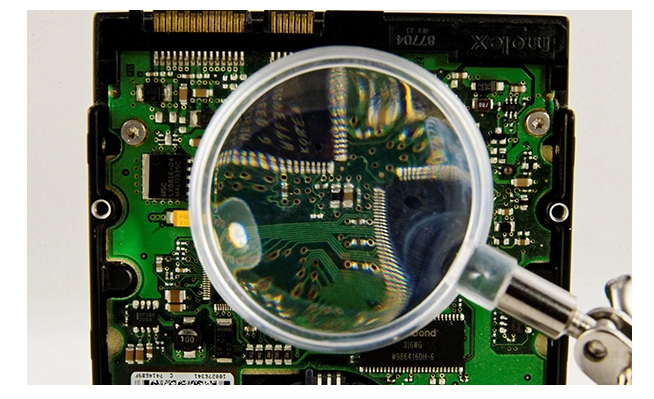A thermistor is an electronic component whose resistance varies with temperature, commonly used in fields such as temperature measurement, electronic temperature control, electronic temperature compensation, and automatic temperature control. The working principle of thermal resistors mainly involves the selection of materials, measurement of resistance values, and application of temperature sensitive characteristics. The following will provide a detailed introduction to the working principle and common fault handling of thermal resistors.
1、 The working principle of thermal resistance
The working principle of a thermal resistance sensor is based on the characteristic that the resistance value of a thermal resistance material changes with temperature. A thermoelectric resistance material is a type of conductor whose resistance value changes when the temperature changes. Normally, the resistance value of thermoelectric resistance materials decreases with increasing temperature and increases with decreasing temperature.
The measurement circuit of a thermal resistance sensor usually includes a thermal resistance element and a reference resistance element. The thermal resistance component is the core part of a thermal resistance sensor, and its resistance value changes with temperature. A reference resistor element is a resistor used to calibrate the resistance value of a thermal resistor element, typically between 10K and 100K.
When a thermal resistance sensor is affected by temperature changes, its resistance value will change. The measurement circuit measures the difference in resistance between the thermal resistance element and the reference resistance element, and calculates the temperature value received by the sensor based on the measurement results.

2、 Common faults and solutions of thermal resistance
The following faults may occur in practical applications of thermal resistance sensors:
Measurement error: The measurement error of the thermal resistance sensor may be caused by sensor damage, poor cable connection, environmental temperature changes, and other reasons. When measurement errors occur, it is necessary to check the cable connection of the sensor, environmental temperature, and other factors, and take corresponding measures.
Low insulation resistance: The low insulation resistance of the thermal resistance sensor may be caused by aging of the sensor cable, poor cable connection, internal short circuit of the sensor, and other reasons. When low insulation resistance occurs, it is necessary to check the sensor cables, cable connections, and internal conditions of the sensor, and take corresponding measures.
Unstable resistance value: The unstable resistance value of a thermal resistance sensor may be caused by internal short circuits, poor cable connections, environmental temperature changes, and other reasons. When the resistance value is unstable, it is necessary to check the sensor cables, cable connections, and internal conditions of the sensor, and take corresponding measures.
Fault diagnosis: In order to diagnose faults in thermal resistance sensors, fault diagnosis techniques can be used. Usually, fault diagnosis techniques include detecting sensor output signals, insulation resistance, resistance values, etc
If a malfunction occurs, careful investigation and handling are required to ensure the working performance and measurement accuracy of the thermal resistor. This article can only lead you to a preliminary understanding of thermal resistors, hoping to be helpful to everyone. At the same time, it needs to be constantly summarized in order to improve professional skills. We also welcome everyone to discuss some of the knowledge points of the article.

